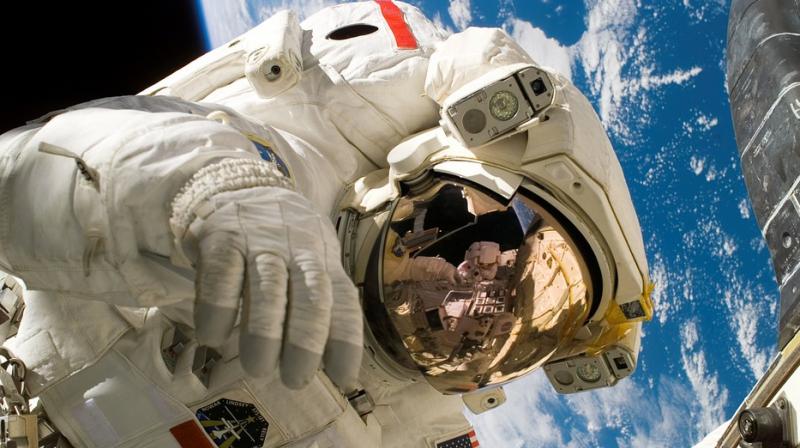Scientific inaccuracies in movies can help students learn better
Students get an entertaining way to connect with their inner skeptic - a vital trait for young scientists in training.

Scientific errors in movies - from impossibly large tsunamis to caverns in the Earths mantle - can be used to teach science students, making them more interested in classes and fostering a healthy sense of scepticism, experts say.
By training students to spot the errors and seek out true explanations, scientifically inaccurate disaster movies can be incorporated in classroom lessons on tectonics, Earths interior, and geo-physical data analysis.
"Scientists have a choice. We can complain about all the horrible mistakes that are in a lot of movies, or we can say, this is a really great opportunity to get the class interested," said Seth Stein, professor at Northwestern University in the US.
There is no shortage of scientific unlikelihood to choose from, researchers said.
In the 2003 Hollywood movie The Core, for example, a team of "terranauts" venture into Earths core inside a vessel made of "unobtanium," where they encounter gaping voids in our planets interior and crash through fields of sparkling, jagged minerals.
The 2004 television miniseries "10.5" portrays destruction brought on by an earthquake of an absurdly large magnitude.
Caverns and the minerals shown in the movie could not exist at those depths and pressures, nor would an M10.5 earthquake strike our planet, researchers said.
By identifying these errors and learning why they are inaccurate, students get an entertaining way to connect with their inner skeptic - a vital trait for young scientists in training, Stein said.
"Scientists are supposed to be skeptical. We are supposed to question and challenge everything," he said.
Stein said he has spotted inaccuracies in widely-used educational software, science museum animations, popular geology textbooks, and even drafting errors in his own books.
Among the most pervasive movie errors, Stein said, is the ubiquitous "lack of geological constraints on the world," and that "you can just have volcanoes popping up everywhere."
Stein along with geologists Reece Elling, Amir Salaree, and geophysicist Michael Wysession of Washington University, shared their approach at the Geological Society of Americas Annual Meeting.
Steins presentation comes at a time when movie and television crews often hire scientists as consultants, who do everything from writing equations on background classroom boards to reviewing scripts for gross scientific inaccuracies.
Stein referred to The Martian, whose production was thoroughly informed by NASA specialists, as one of the more accurate films of late.
"There was only one thing they had to fudge, which was the initial scene where the mission was destroyed by the wind storm," Stein said.
"Its true that the wind speeds on Mars are very high, but because the density of the atmosphere is so low it wouldn't actually matter," he said.

